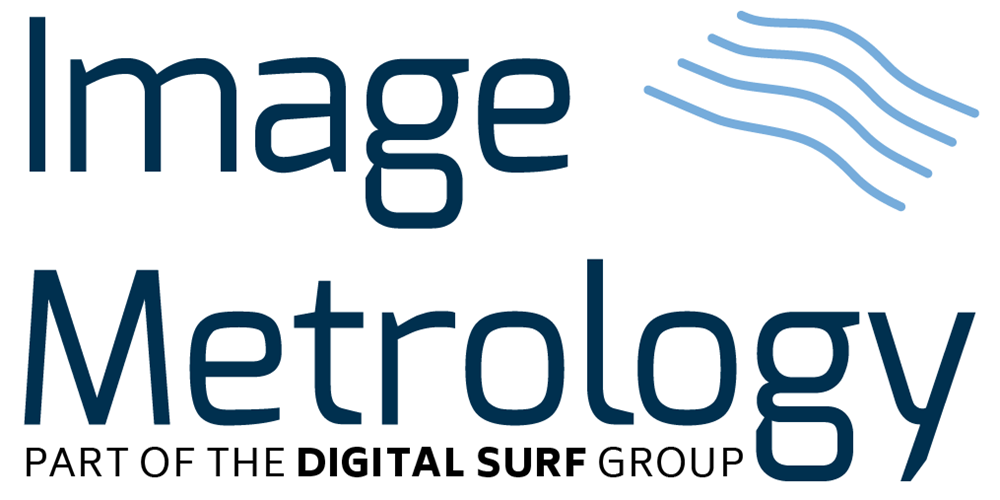CASE: Dupont Research Center
The DuPont Experimental Station research and development facility in Wilmington, Delaware was established more than 100 years ago, and today, the Experimental Station serves as a key research site for DuPont. Scientists and researchers pursue science-based solutions for global markets including agriculture, nutrition, energy, transportation, electronics, safety and protection, construction, and performance materials.
Greg Blackman is a Research Fellow in Materials Science in DuPont’s Central Research and Development division, and founded the Corporate Analytical Scanning Probe Microscopy and Nanomechanics Lab shortly after he joined DuPont in 1990. Over the years, Blackman has actively influenced the fields of Scanning Probe Microscopy and Nano and Micro tribology of polymers both within and outside of DuPont. In his research, Blackman uses the SPIP imaging analysis software to obtain the best possible results:
“I have been using SPIP since around 2009. We have multi-user licenses and I have trained many of my DuPont colleagues to use the various parts of the SPIP package.
We use it for its intended use, to analyze data and images from several different scanning probe microscopes, but we also use it to analyze images from optical and electron microscopes and data from optical and stylus profilometry instruments as well.
The package is extremely powerful and I have not found a type of data file that cannot be imported or read by the software. The particle and pore analysis is particularly powerful and we have used it to statistically analyze nano-and microparticle size and shape from atomic force microscope and electron microscope images. We also use the particle and pore analysis to calculate wear volumes and quantify scratch damage and healing on the surface of polymers.
The new profile analysis package is very intuitive and powerful, it allows us to compare profiles from many different tools to understand the size and shape of features at a variety of different length scales. It even enables correlation between surface morphology and optical images to understand the appearance of surfaces and defects.
I no longer use the image or data analysis packages associated with the various instruments, I analyze all my data with SPIP.”
